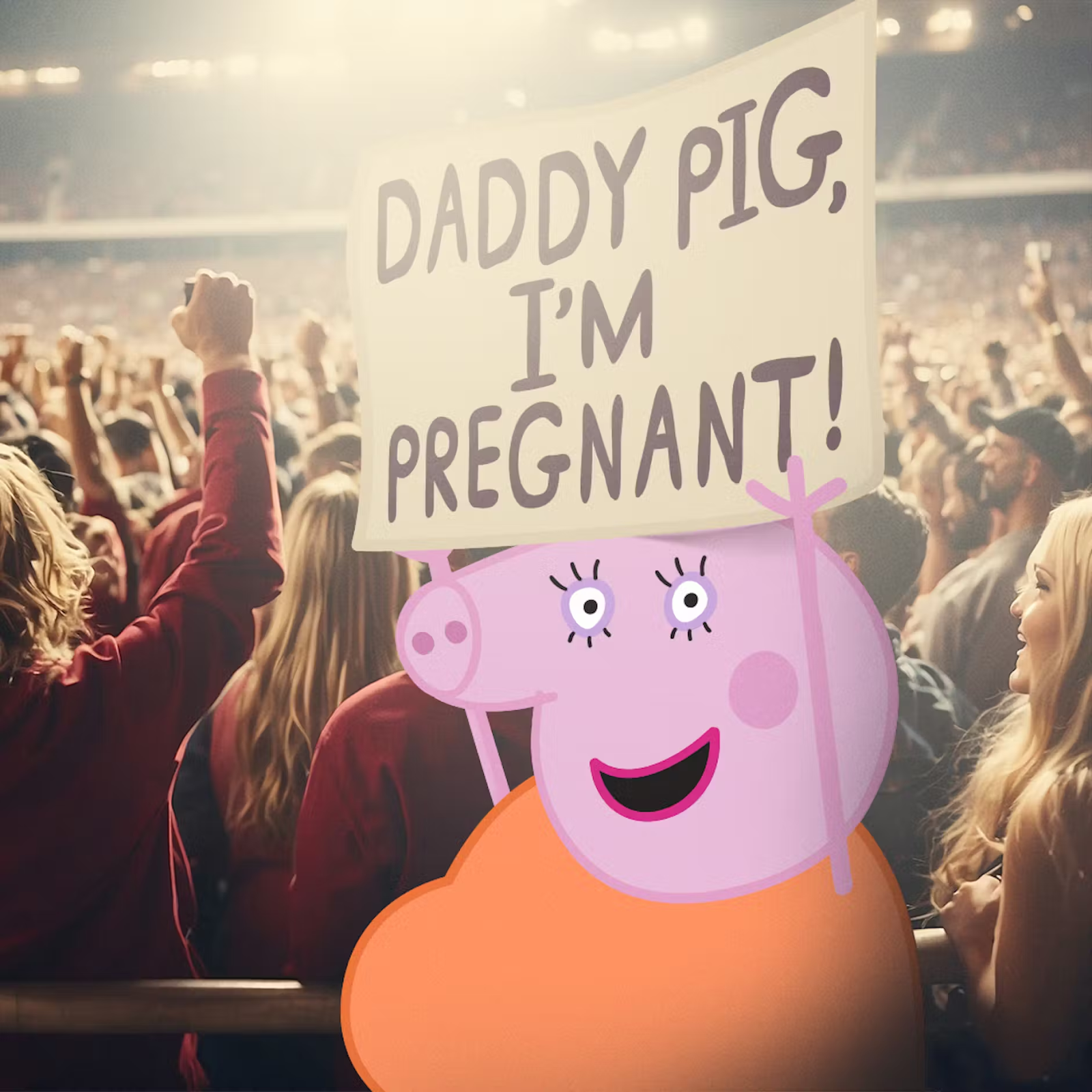If you’re not in the PR world or haven’t worked closely with PR professionals, it’s easy to confuse it with advertising. I can’t tell you how many times I’ve told someone I work in PR to be met with questions like “oh, so what kind of adverts do you work on?” But PR and advertising are very different beasts.
Both aim to boost a brand’s image, but they do it in fundamentally different ways. Advertising is paid media, offering brands full control over their message, timing, and placement. In contrast, PR focuses on earned media, building credibility and trust over time through strategic communication and relationship-building.
And there’s no wonder PR has a bit of a reputation problem. People see the massive advertising industry – worth around £45 billion in the UK – and assume PR is just a smaller side hustle. But the PR industry is growing significantly and consistently too. It’s now worth around £4.7 billion in the UK, with tens of thousands of professionals shaping brand reputations every day. It’s a serious force in the communications world, even if it’s quieter than its flashier advertising cousin.
In this blog, we’ll explore the key differences between PR and advertising, how each is used, and the results they deliver. You’ll see what they mean for your brand’s budget, reputation, and long-term growth, plus real examples of recent campaigns that show why many businesses choose to combine both.
What’s in this article:
- What is the difference between PR and advertising?
- PR vs advertising: Long-term and short-term impact
- How PR and advertising shape brand image
- PR vs advertising costs: Which is more affordable?
- PR or advertising: Which is best for your brand?
- Real examples of PR and advertising campaigns
- Key takeaways
What is the difference between PR and advertising?
PR is all about building and managing your reputation through earned media, from press coverage and influencer mentions to positive word of mouth recognition. Earned media can come from various PR tactics like press releases, media outreach, event planning or even social media engagement. It focuses on building relationships which, in time, creates trust between brands and their desired audience, helping them to be deemed more credible.
On the other hand, advertising is paid promotion, whether it’s a social media ad, billboard, page in a magazine or a sponsored post. Crucially, the brand controls the message from start to finish. Usually delivered through image, video, sound, or written content, it’s also the brand’s choice when and where the ad is placed, making it a quick and lower risk way to gain brand awareness. This can be to push specific campaigns and offers, or simply get the brand name out there.
While PR earns trust through third-party validation, advertising buys visibility when you need it the most. They are both powerful tools but they work in very different ways.
PR vs advertising: Long-term and short-term impact
PR builds over time
I like to think of PR as a pipette of credibility, slowly drip-feeding the public with a positive image of a brand over time.
PR is built on reputation – something that strengthens with consistent investment and can help lift a brand after negative press. Crucially, the impact of even the most successful PR strategies is rarely instant. Building relationships and earning trust takes time! But with consistency, small wins compound into lasting credibility.
Advertising delivers quick results
Advertising works faster than PR because it’s paid for, giving brands full control over the message, timing, and placement. Adverts can be scheduled to hit at the perfect moment and designed to capture attention and drive immediate action, often within a set campaign window.
How PR and advertising shape brand image
PR builds credibility and trust
PR is about building relationships to earn coverage, so when a story is picked up by a journalist or featured in trusted media, the brand shows its audience that they are a trusted and credible voice. Having third-party validation can be a great way to build long-term trust with your audience, but credibility doesn’t happen overnight! It takes consistent messaging, and having real value to offer. Providing thought leadership, data-led stories or expert commentary to create useful, relevant content is more likely to build a reputation that lasts.
Advertising shapes brand image with control and consistent coverage
Effective advertising gives brands full control over their image, combining written content and visual elements, while also controlling the timing and placement of their adverts. This guarantees consistent brand exposure on preferred platforms, whether that’s online, in print or on TV.
However, audiences may sometimes view adverts with a level of scepticism because they are paid for and strategically placed – 84% of Gen Z, for example, trust product reviews from niche online communities more than corporate advertising. And how do you earn those niche product reviews in trusted media? PR. Yes, we may be biased, but still – advertising remains a powerful tool for shaping a brand’s identity and communicating key messages clearly and at scale.
PR vs advertising costs: Which is more affordable?
One of the biggest differences between PR and advertising is how much they cost, and how that money is spent.
Advertising usually requires a one-off, direct payment for space or airtime, and brands pay upfront to guarantee their message reaches a specific audience. If we’re talking exact numbers, costs can vary widely depending on where the advert is being placed, the timing, or even how much installation the ad may require.
For example, an electric billboard in New York’s Times Square for a week could cost a brand in the hundreds of thousands, whereas a one-page spread in a local magazine might cost a few thousand pounds at most. This is because of who the adverts will reach, the scale of them, and the fact that where you place your ad comes with a certain degree of prestige.
PR often relies more on time and effort than on direct costs for placement, while there may be expenses for activities like attending press events, digital tools, or producing content, much of PR’s value comes from building relationships and earning media coverage that is usually free of charge.
Hiring an agency for this can add to a brand's cost, but you’re paying for the expertise and effort involved rather than the coverage itself. PR is a cost effective option for brands aiming to build credibility and trust without a large upfront investment, though it can require patience as results often take longer compared to paid advertising.
PR or advertising: Which is best for your brand?
Choosing between PR and advertising depends heavily on what your brand's goals are and how much you can invest.
If you need quick, guaranteed visibility to promote a specific product, offer, or campaign, advertising is usually the most effective choice. It delivers fast results and clear reach, but typically requires a large upfront cost, which can vary depending on where the advert is placed. Advertising also allows brands to target their desired audience with laser-sharp precision, letting you tailor who sees your message based on demographics or behaviours. It also can make it easier to track metrics.
But if your aim is to build lasting trust and establish your brand’s message over time, PR is the better long-term investment. Patience and consistency with PR can position you and your business as experts and thought leaders and create genuine connections with your audience. While PR often demands more time and effort than direct costs, selecting an experienced PR agency or professional can improve your results, although it may increase expenses. Unlike advertising, PR relies on third-party endorsements from journalists or influencers, which can add credibility but means you have less control over the final message.
Many brands see the best outcomes by combining both. Use advertising to amplify key campaigns and PR to build a strong reputation that keeps your brand front of mind long after the ads have ended. While advertising drives immediate sales and awareness spikes, PR nurtures deeper relationships and long-term brand loyalty – both of which are essential for sustained success.
Real examples of PR and advertising campaigns
PR campaigns and advertising campaigns can sometimes look similar, but there are key differences. Advertising is usually more visual, with concise messaging designed to sell quickly. PR, on the other hand, leans heavily on written content – articles, press releases, and stories that build authority and position a brand in a credible light.
However, the two can overlap. A PR campaign might inspire an advert, or vice versa. Take a stunt, for example. Someone dressed as a giant new lip gloss could attract press and social media attention, generating widespread publicity without paying for media space. The advertising angle, meanwhile, would be the polished product shot – including key information like brand name, slogan, and all – placed in a magazine, on social media, etc.
Advertising typically involves paid placements with a strong visual element and concise messaging designed to promote a product or service directly. It’s controlled by the brand, with a clear call to action (CTA) and a focus on immediate impact.
PR, on the other hand, aims to build credibility and trust over time through earned media, storytelling, and reputation management. PR content often involves more written material, such as press releases, articles, and interviews. It seeks to position the brand positively in the public eye, often by leveraging third-party validation such as media coverage or influencer endorsements.
PR campaign example

The Peppa Pig “Mummy Pig pregnancy reveal” is a perfect example of a PR campaign that generated widespread coverage and a national conversation after the brand’s announcement. If you were a parent or just vaguely familiar with the cartoon, it was hard to miss. This UK-wide stunt showed how something beloved by children could also capture adult attention.
Mummy Pig was even “interviewed” on Good Morning Britain to share the news, while coverage spread across outlets including the BBC, Evening Standard, Grazia, The Independent, and even reached international press such as CBC and USA Today. Battersea Power Station’s chimneys were lit up pink to mark the occasion, cementing the campaign as a feel-good moment that united audiences across generations. As a result, ‘Peppa Pig UK’ Google searches jumped by 88%.
Crucially, this wasn’t an advert. It didn’t directly sell or promote. Instead, it sparked organic, positive conversation. The joy of the moment, rather than a sales pitch, was what made the story spread.
Advertising campaign example
Earlier this year, Stormzy featured in a McDonald’s campaign, appearing on TV and billboards with his signature order, aptly named the ‘Big Mike Order’. The ad grabbed attention, particularly among Gen Z and millennial audiences in the UK, thanks to the involvement of such a well-known figure.
While the campaign was designed to boost sales and visibility by showing that even a beloved celebrity eats at McDonald’s, it also sparked a wave of online debate and press coverage. Much of this centred on Stormzy himself, with critics questioning whether it was a smart move to collaborate with a fast food chain that has faced political backlash in recent years.
This case shows how advertising and PR can work hand in hand. The advert itself drove visibility, while the conversation it generated became a PR story in its own right. But it also highlights the risk – when public perception doesn’t align with brand messaging, controversy can take centre stage.
Key takeaways:
- Brand image is shaped differently by PR and advertising. PR builds trust through third-party validation, while advertising allows brands full control over messaging and exposure.
- Advertising delivers targeted exposure through upfront costs, PR builds brand reputation over time through earned media. Advertising guarantees reach by paying for space or airtime, whereas PR relies on effort and relationships, making it a more cost-effective but slower approach.
- PR and advertising serve different purposes but work best together. Using them together will combine visibility with trust.
Looking to boost your brand’s reputation? Get in touch with our PR team today.


.webp)

.jpg)

.jpg)
.jpg)
.jpg)

